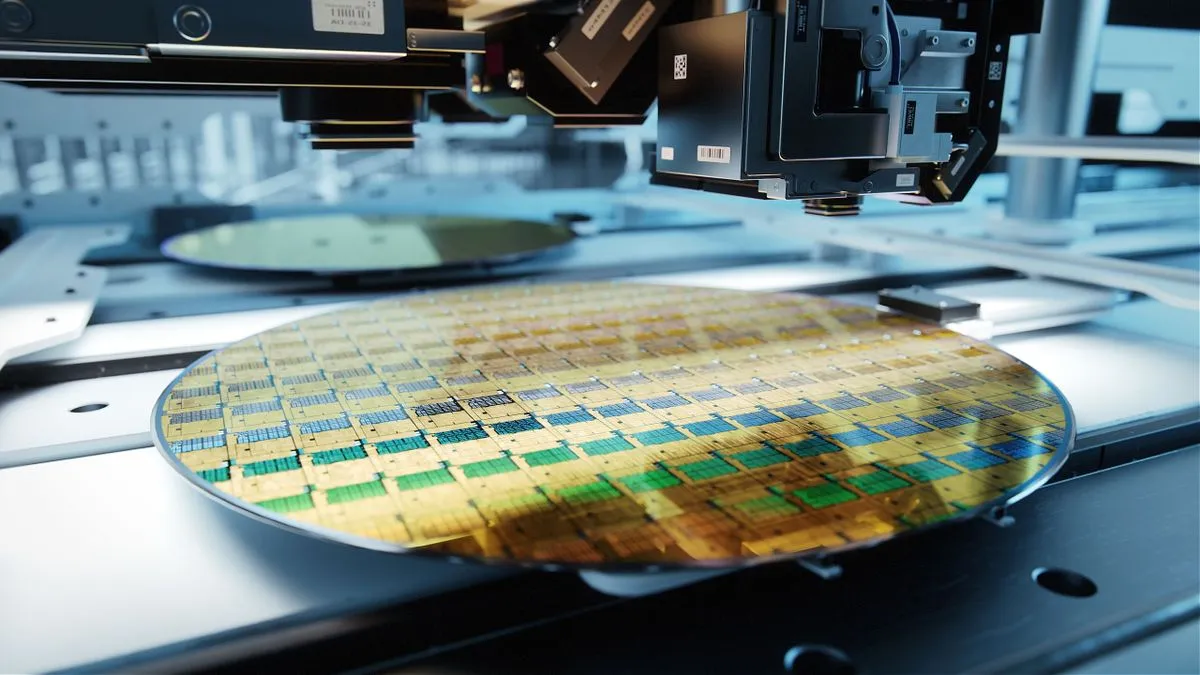- cross-posted to:
- [email protected]
- [email protected]
- [email protected]
- [email protected]
- cross-posted to:
- [email protected]
- [email protected]
- [email protected]
- [email protected]
Firm predicts it will cost $28 billion to build a 2nm fab and $30,000 per wafer, a 50 percent increase in chipmaking costs as complexity rises::As wafer fab tools are getting more expensive, so do fabs and, ultimately, chips. A new report claims that



I didn’t think the ~5nm limit could be broke due to quantum tunneling.
The nm number is just the smallest part on the waffer. It’s not actually the transistor.
This was my understanding as well: That beyond ~7nm the reliability begins to lose value because the diameter of an electron ‘orbit’ or whatever becomes a factor.
Admittedly I’m not an expert. But my understanding was that to break this limitation and keep Moore’s law were kinda leaning into quantum computation to eventually fill the incoming void.
Removed by mod
They solved this problem by making the nanometer bigger.
https://en.m.wikipedia.org/wiki/5_nm_process